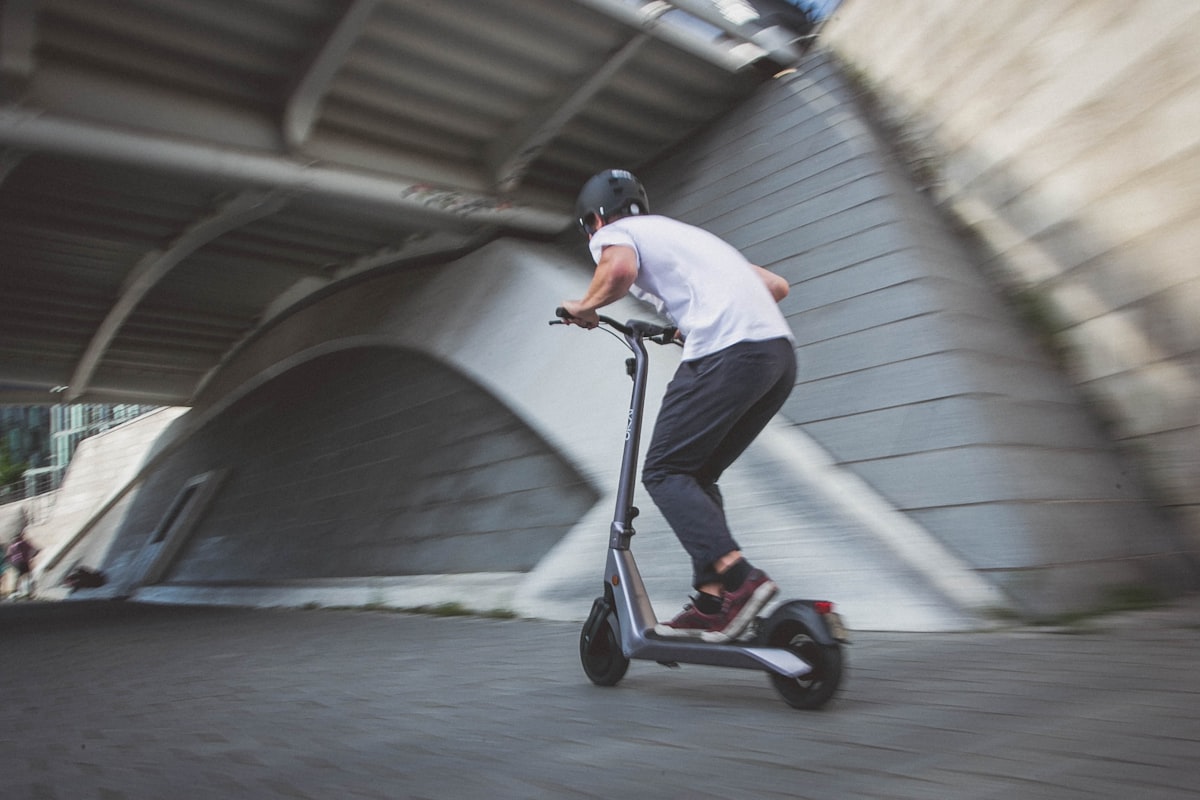The ascent of the electric scooter in Latin America skids for the first death in Mexico
Encouraged by the success, the companies have expanded to other cities in the country such as Guadalajara and Monterrey, the second and third most populated, respectively.





